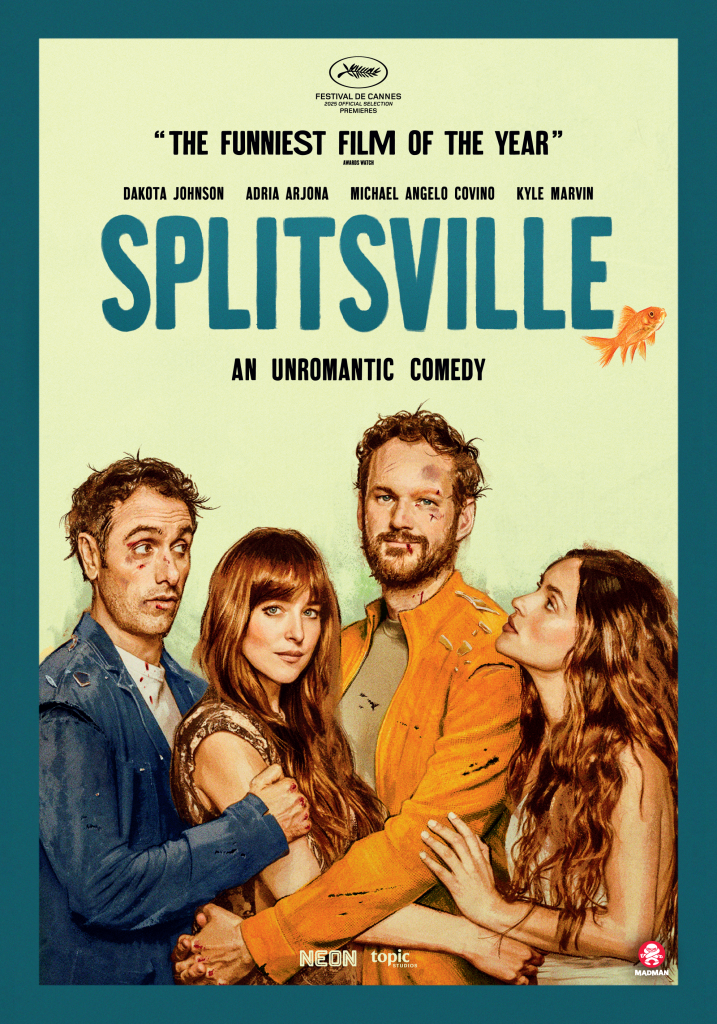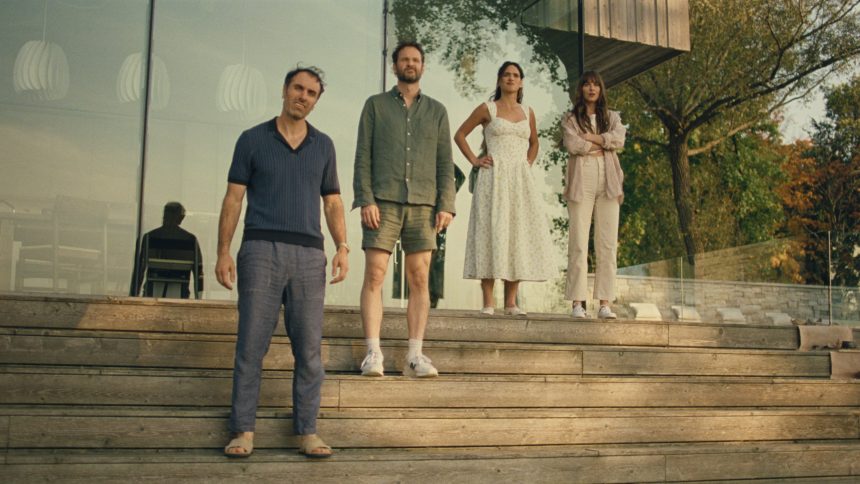Plenty of love stories and romantic comedies will get you to the point of somebody walking down the aisle in the not too distant future. Splitsville takes the genre on to the subsequent stages- marriage and divorce. At the heart of this snappy, visually- appealing comedy, are the ideas that love is a little more complicated than we might have imagined, families and relationships can take many different shapes, and that the majority of adults are making it up as they go along.
Michael Angelo Covino wrote the script with his long time collaborator and real-life best friend Kyle Marvin, and both men take on the roles of lead male actors. Their bromance follows on from their earlier film The Climb, and is acutely tested when their private lives become intertwined, and the relationships with the women in their lives are not only threatened but overlap. Dakota Johnson plays Julie, the ceramicist ‘cool-as -her-clay-cup wife of Paul (Covino) who shouts and hams up a sitcom version of a property developer who has done rather well for himself. Adria Arjona plays wannabe- hippy- life- coach Ashley, who opens the film not surprisingly wanting a divorce from the lumberingly drippy gym teacher Carey (Marvin).

Coming to Australian and NZ cinemas 11/09/2025.
Premiered at Cannes Film Festival 2025
Screened at Sydney Film Festival and Melbourne International Film Festival
Directed by: Michael Angelo Covino
Produced by: Emily Korteweg, Kyle Marvin, Michael Angelo Covino
Screenwriters: Kyle Marvin, Michael Angelo Covino
Cinematography: Adam Newport-Berra
Editor: Sara Shaw
Music by: Dabney Morris, David Wingo
Production Designer: Stephen Phelps
Starring Dakota Johnson, Adria Arjona, Nicholas Braun, Kyle Marvin, Michael Angelo Covino
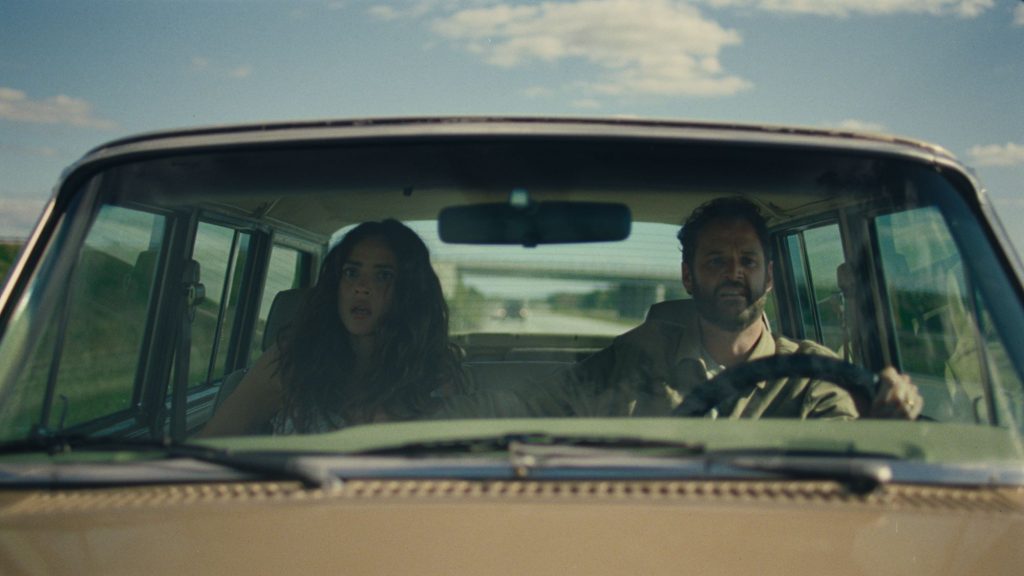
These four make up the corners of the comedic square- dance that turns round and round, forcing the characters to keep taking another turn with each other on the dance floor. The zingers keep coming, and the one-liners hook the audience into the relationships because they are funny, rather than there being true emotional pull. To say both men are punching above their weight in the two central relationships would be an understatement, and this make have been written intentionally, to provoke the ridiculousness and incompatibility of the people in the marriages, or may just have been where the script drifted for laughs, the need for which is a refreshingly high priority in this film, but the emotional stakes if anything make a good advert for divorce.
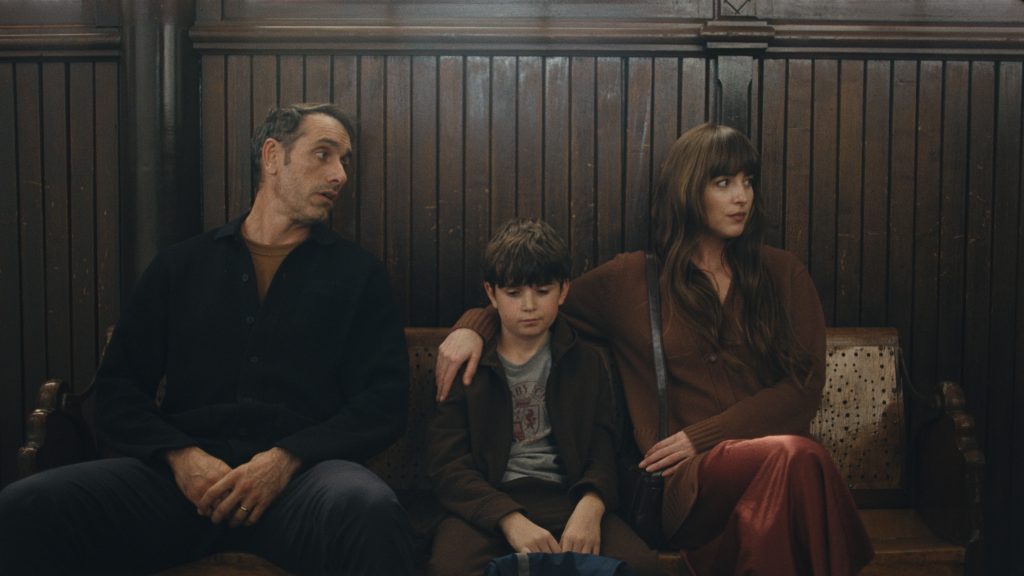
One thing that Paul does have going for him is a beautiful house which gets properly trashed in a simultaneously farcical and stylish long fight scene between the two men. Covino and Marvin have talked about their admiration for classic visual slapstick in early cinema and Italian sex comedies from the 60s and 70s that incorporate satire and absurdity. The clean lines and thought- through delivery is clearly evident in the structure of the film that gives itself the freedom to head off into farce at times, grounded in the brilliantly developed shots and balanced set and palette from Cinematographer Adam Newport-Berra and Production Designer Stephen Phelps. Even if after watching the film you’re not sure what was so funny, it’s a solid laugh from start to finish, and clearly the filmmakers intent to entertain has remained paramount throughout; intellectually, visually and stylistically.
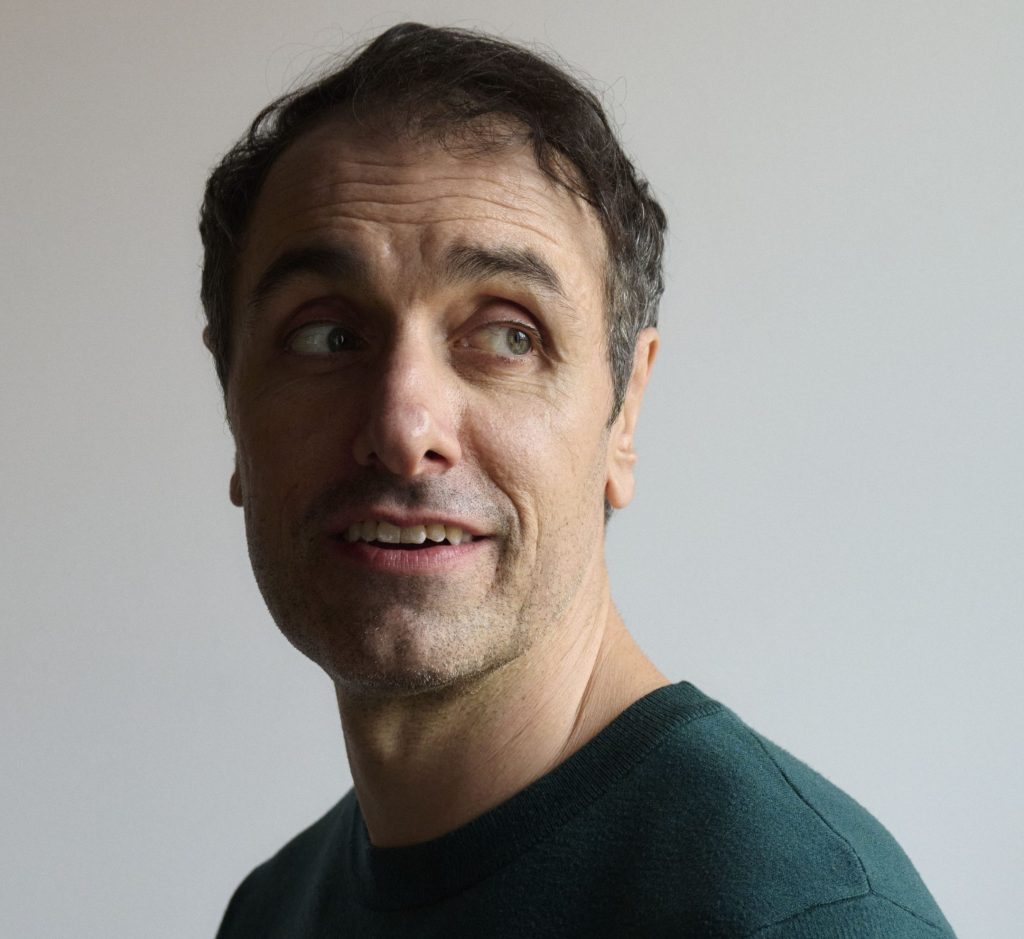
Michael Angelo Corvino directed, co-wrote, was the lead actor in, and produced Splitsville, and so we pinned him down for his Irresistible interview when he was in Sydney earlier this year. He is an award-winning filmmaker, actor, and producer, and when Splitsville debuted in the 2025 Cannes Film Festival’s Premieres section this year, it marked Covino’s return to Cannes five years after his breakout 2019 directorial debut, The Climb, which was awarded the Un Certain Regard Coup de Couer.
Covino is the co-founder of the New York-based production company Watch This Ready, alongside Kyle Marvin, and together with producer and executive Emily Korteweg.
You were here in Sydney back in May for a screening of Splitsville at the Sydney Film Festival- how did it feel to watch the film with an Australian audience?
Michael Angelo Covino: It was a really fun room. I really enjoyed it. It’s such a great experience to see the film with that many people. Really, really nice.
There’s a brilliantly hilarious and very long fight scene in the film. Was that there from the beginning of the screenplay and was it hard to do such a long shot?
Thank you! It was always part of the original idea for the film and I think the concept was super simple – here’s someone who says he’s not jealous, but he is jealous, and we’re gonna show just how jealous he is through this unending kind of escalation. In a normal movie maybe they would talk about it, and there’d be a long conversation and an argument, but we we’re going to have none of that. We decided it’s all going to come out physically, and to let that physicality be the manifestation of the emotions in a really fun, playful and visceral way. Once we got into it, the execution was about how do we keep making it funny, or keep escalating to different surprising places so that it never feels stale or boring.
It felt like a Jackie Chan scene, but it was very appealing to a female audience, as opposed to a lot of fight scenes which feel targeted to the male eye.
That’s good to hear. I never thought of it as targeting a male eye, but I think we always thought of it as how do we have fun, and make it entertaining to everyone.
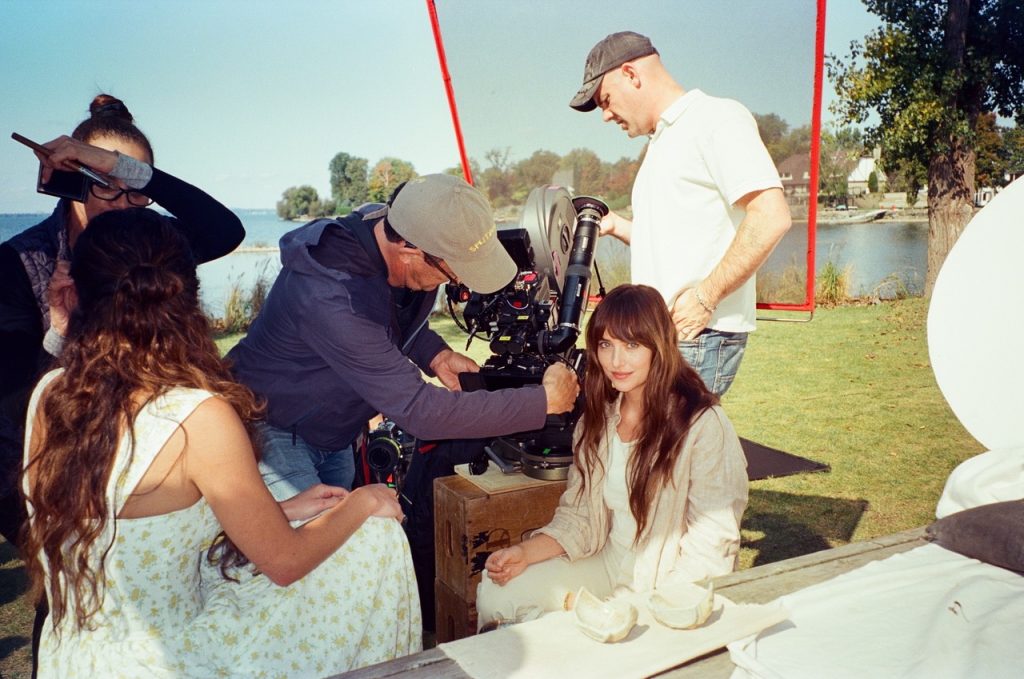
The synergy between physicality and male friendship is something you’ve explored before with Kyle Marvin in The Climb. How important to you is that sense of the physical both in the film and in the bromance at its centre.
In all aspects, physicality tells us so much. How someone holds themselves, how they avert their eyes. As we were writing we were exploring this idea of how can we tell the story without any words? And then, you add a bunch of words! There are scenes that probably could have used less words. But I think, with this film particularly, I was going for maximalist filmmaking. It was..just go for it — more and more and more! That’s not for all my films, but I think with this one, it was very intentional. We just wanted to throw it all in there and keep going until just before we broke it!
Relationships and families swirl around the film and its a sweet idea that there’s an open marriage that neither party have ever acted on, but think the other has.
When we discovered that idea, it felt really romantic, but also very sad and romantic at the same time. This whole thing is built on insecurity and on these broken people who can’t fully communicate with each other – its beautiful and sad and sweet.
Both you guys have these amazing women in your lives, played by Dakota Johnson and Adria Arjona. What was it like to work alongside those two?
They were incredible. Dakota is a force in her own right. She brings a presence that is just palpable, things orbit around her and she kind of orchestrates it. It’s an incredible foundation that you can play upon, so that you can have another character flailing around and she’s just stoic.
Adria really went for it with her character, and I love her performance and energy so much. She has the ability to be wildly comedic and deeply emotional — instantaneously switching back and forth, or just both at the same time. It’s a really rare quality, and when you put the camera on her, you’re drawn in. It’s remarkable.
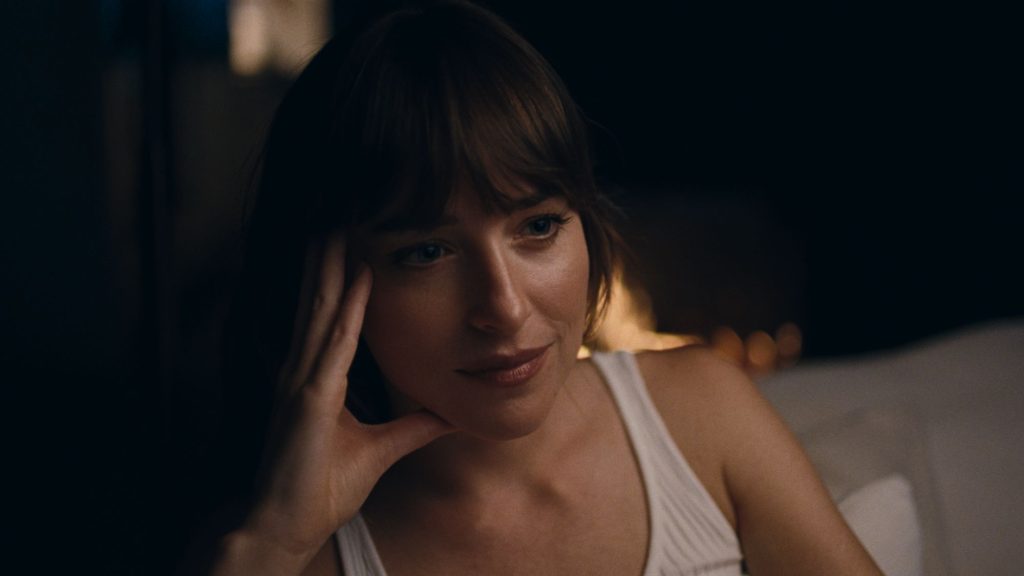
The role of the son in the film is funny – how the adults fight over him and then other people on his behalf. Were you saying something about the effect of adult relationships on children?
We weren’t exploring anything with a particular point of view, but I think there’s a satirical element that feels rich and exciting. Inevitably, we are affected by our parents and our environment — the people who raise us and the people we grow up with. With everything going on in this movie, we know they’re not going to break this kid — he’s always going to be fine, even as he’s affected by the set of circumstances. This kid has a spark – he’s going to be brilliant in some way, but he also might end up in jail. At the end, you see him with his best friend and those two might end up being in the same situation — co-dependently stuck together!
Nicholas Braun has a great cameo at the end, and really has something quite deep to say about his own desire for connection.
I like characters in their late 30s who are finally confronting legacy. The Nick Braun character comes in for just a couple scenes and it’s a bit superficial at first, until all of a sudden you realise he’s living his own journey. Its a whole grand finale, a big reveal. You could fill in the backstory of this guy and what he’s gone through to get to this point and it would be brilliant.
You’ve spent time in Australia before. What are you squeezing in on this trip?
I had a nice swim over at Icebergs the other day which was a delight. I’ve been drinking some great coffee. This trip is a little too short to really do anything adventurous. I’ve been here a bunch in the past and I’ve been around a bit. I love it.
What about shooting a movie here?
Yeah, I would love that. The guy at the end of the movie is one of my closest mates, Nick Boshier. He and I have been writing a movie for a while, which maybe we should just finish and shoot here.
I would love to spend more time down under! It seems like a really incredible film community of artists and collaborators. I’ve heard the studios here are some of the best, I know they’ve shot some really big movies ups in Queensland. I’ve got to figure it out!
